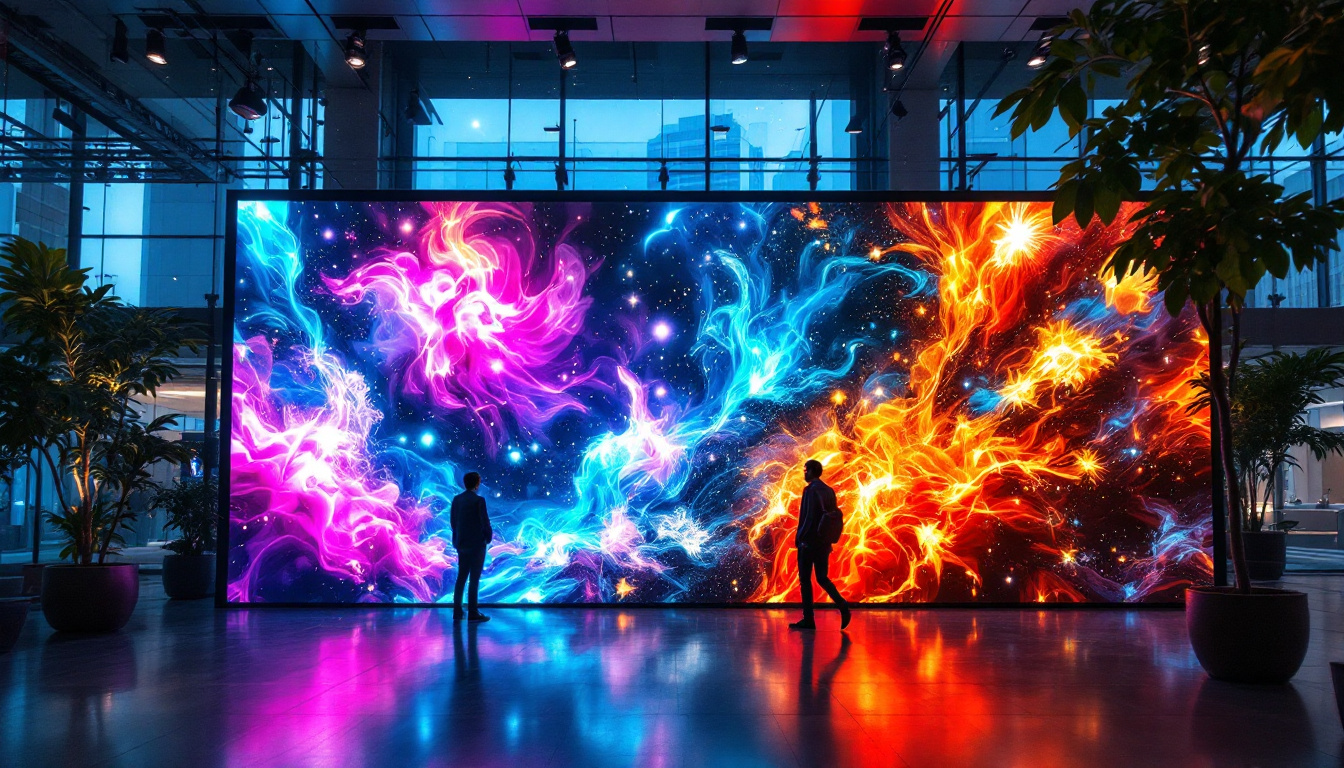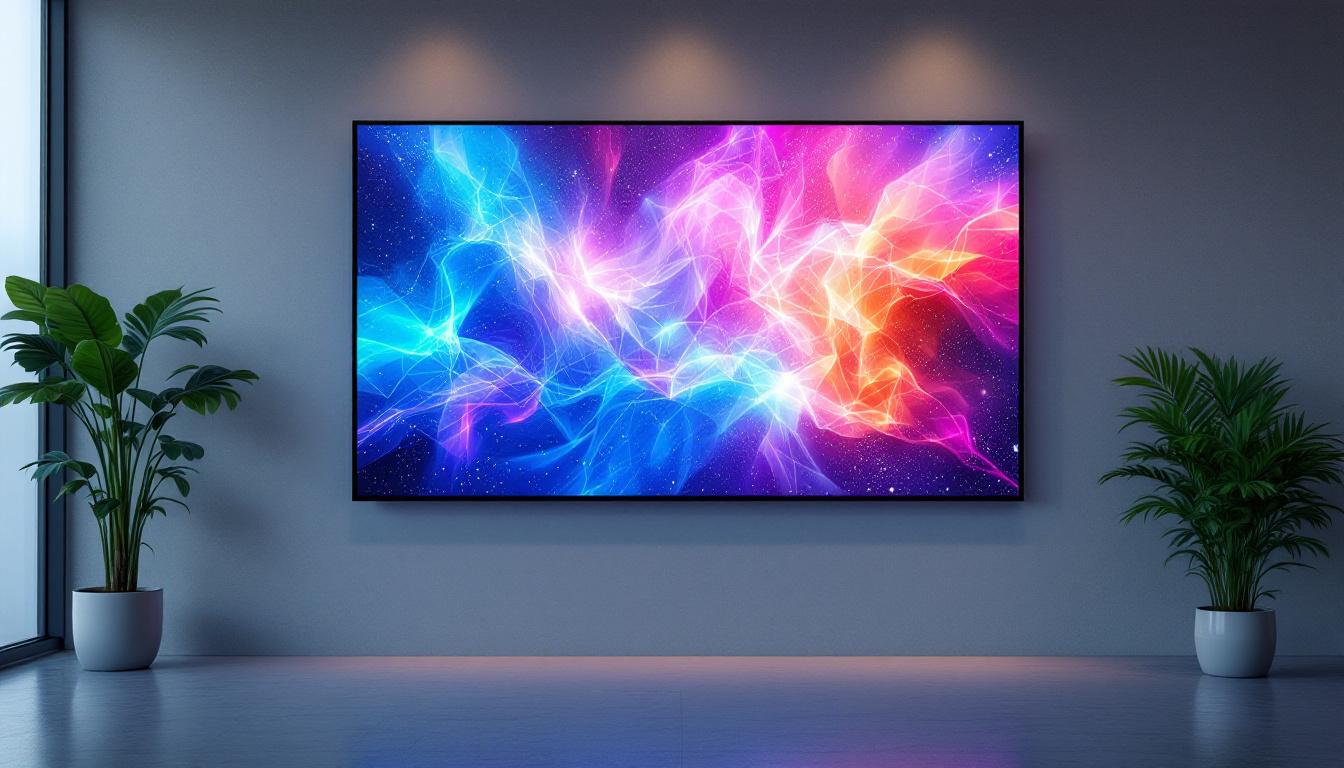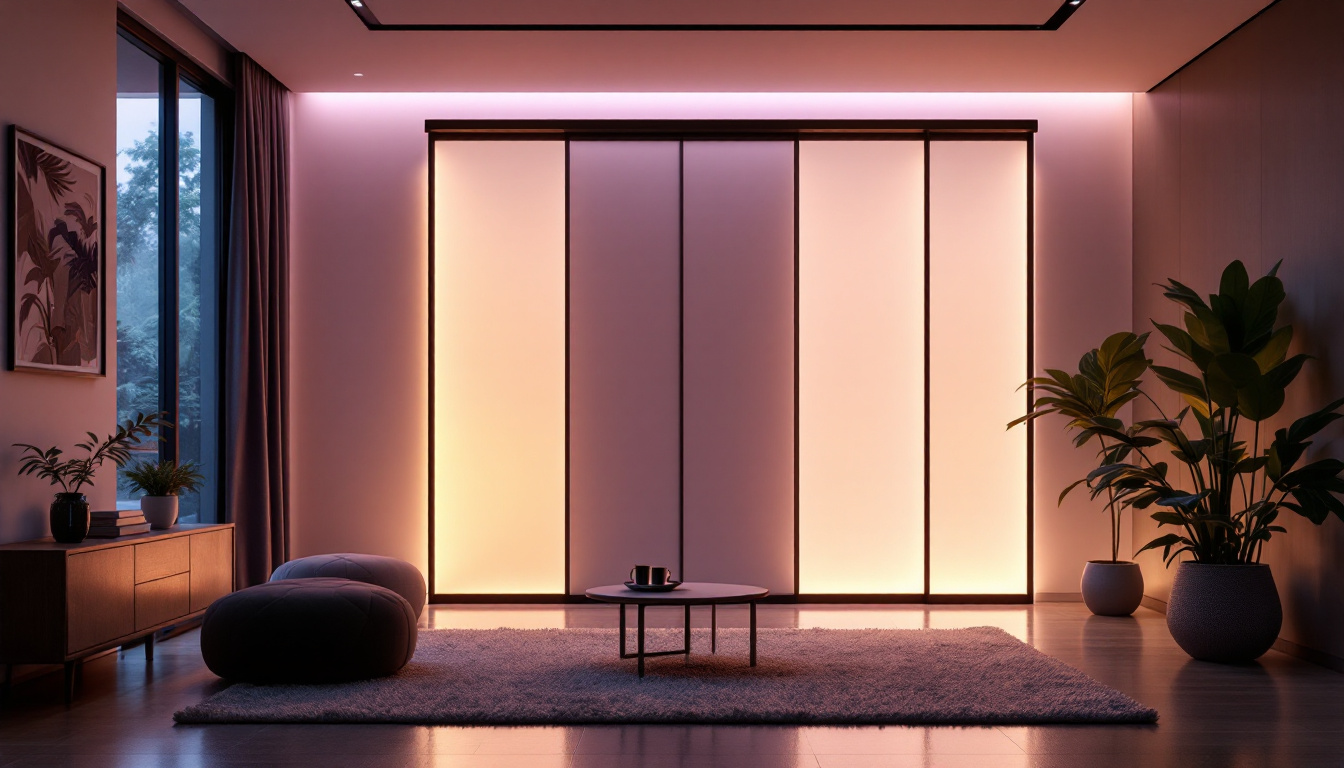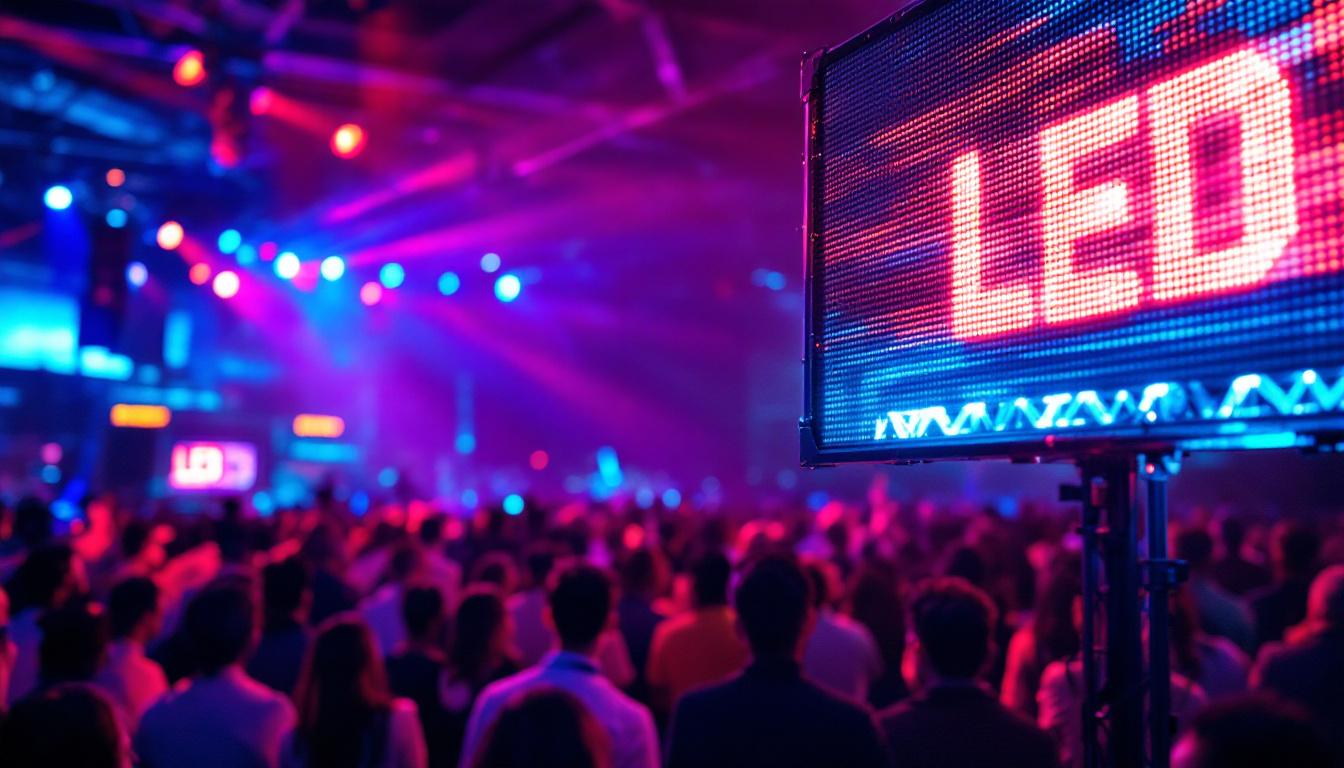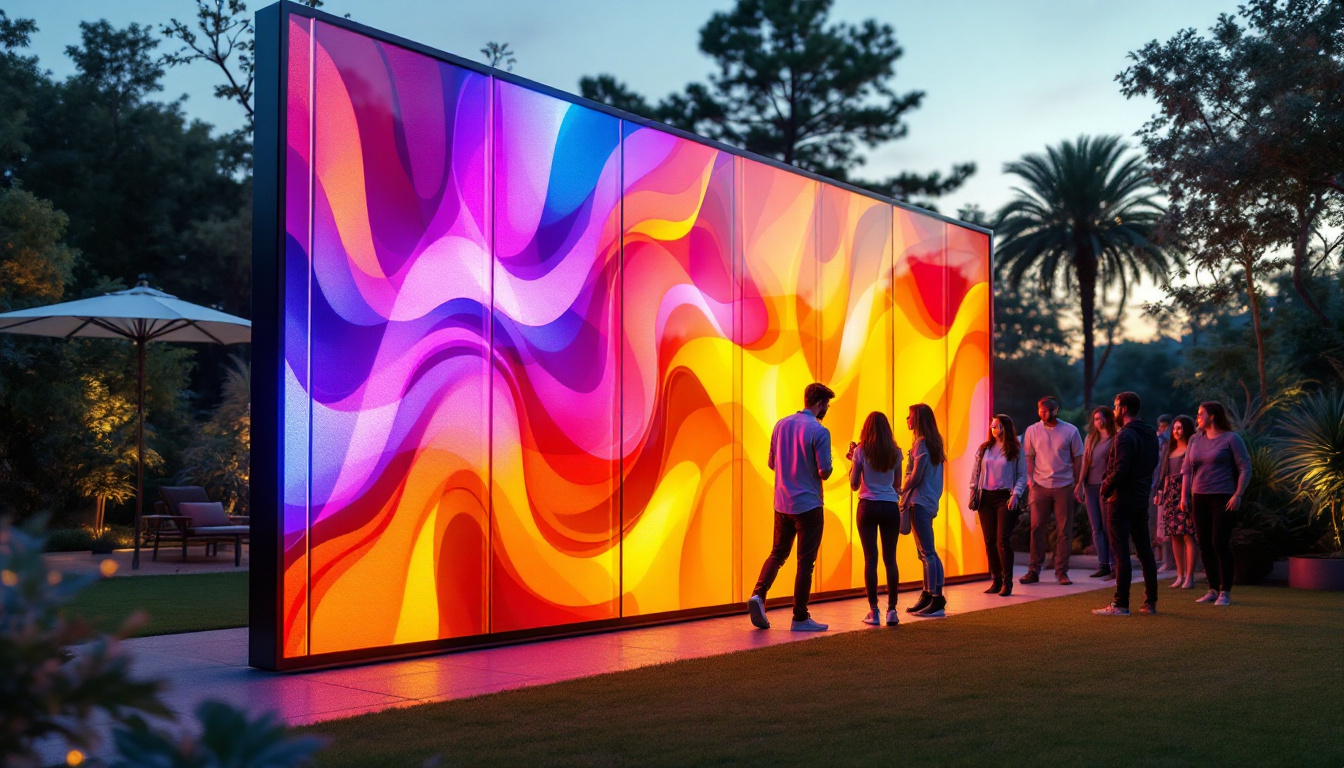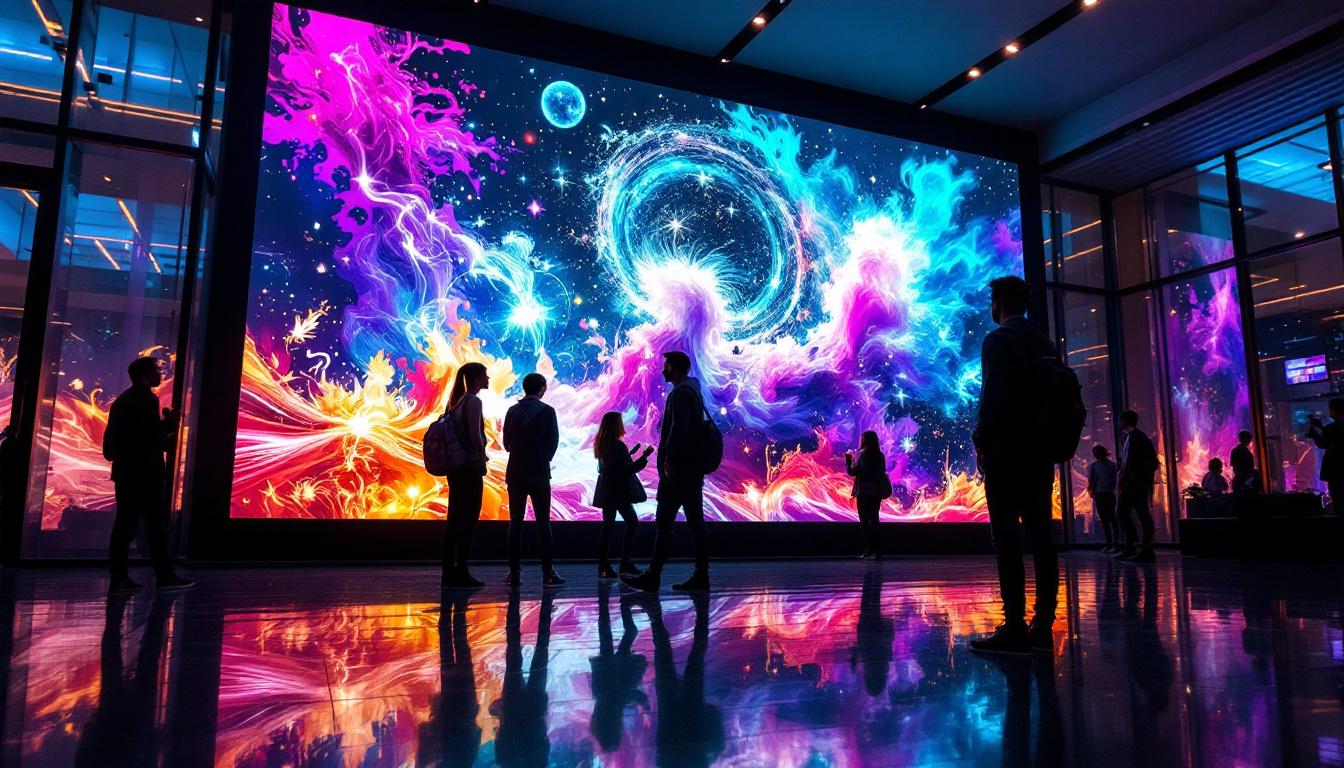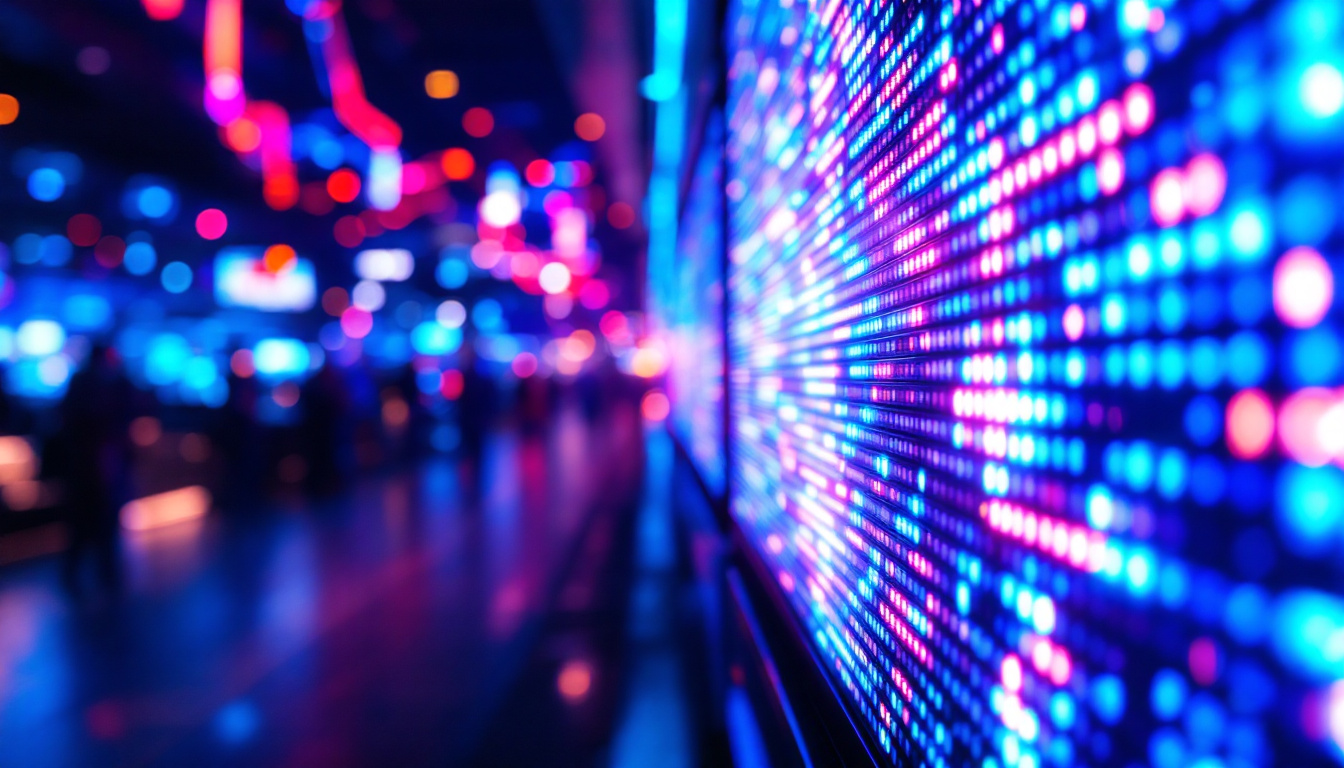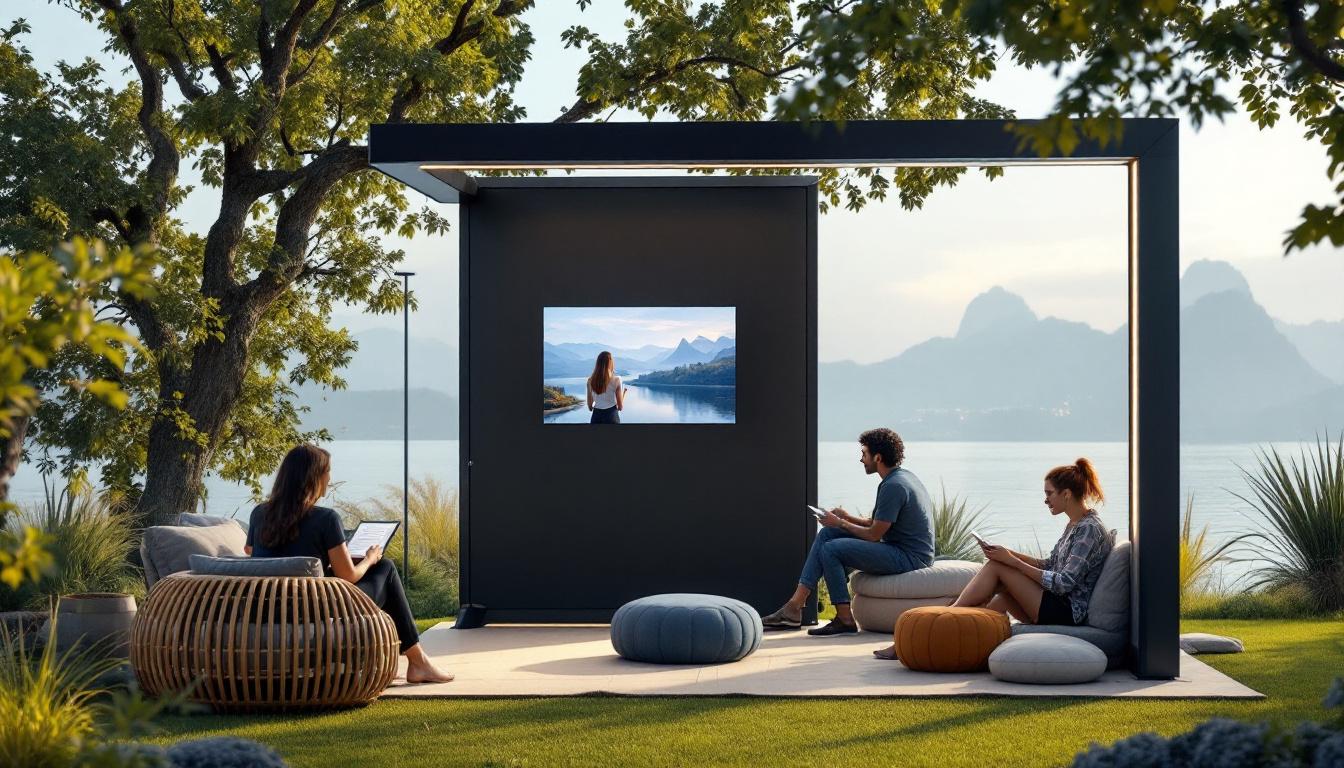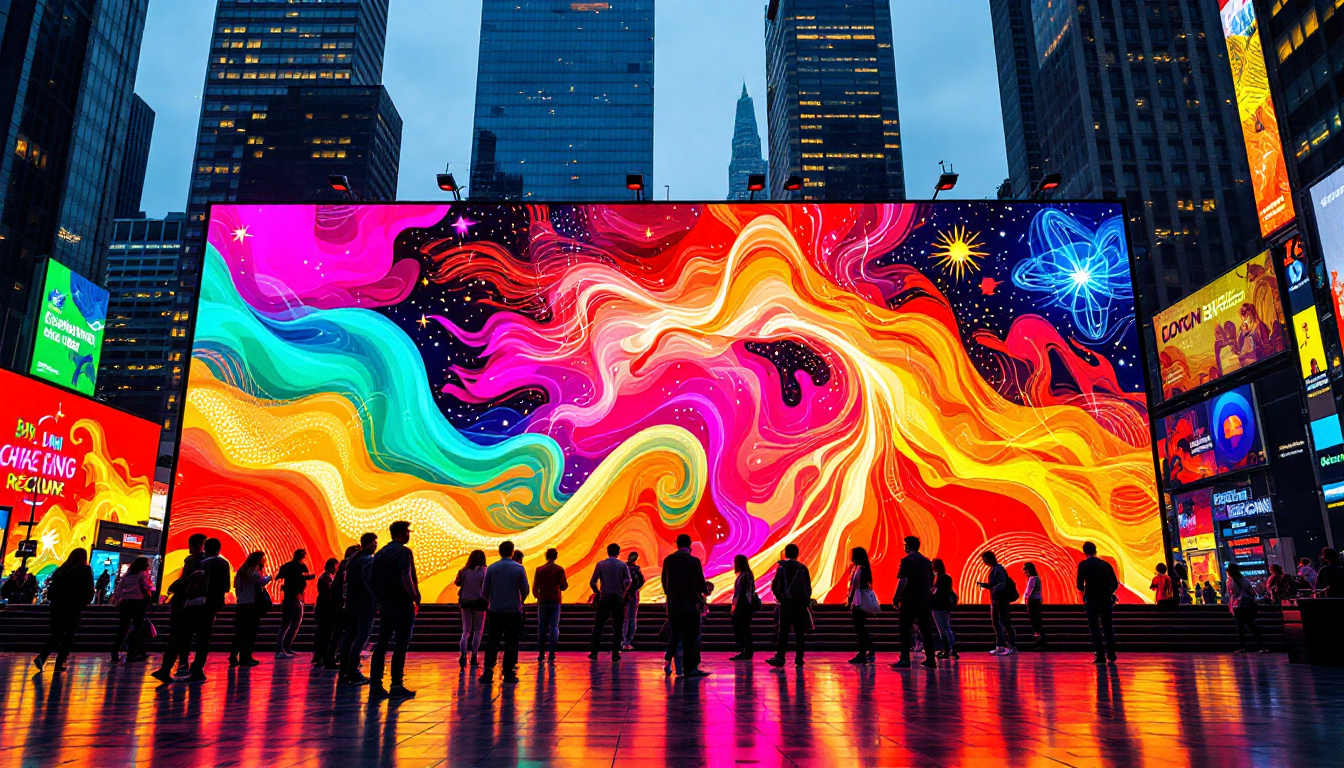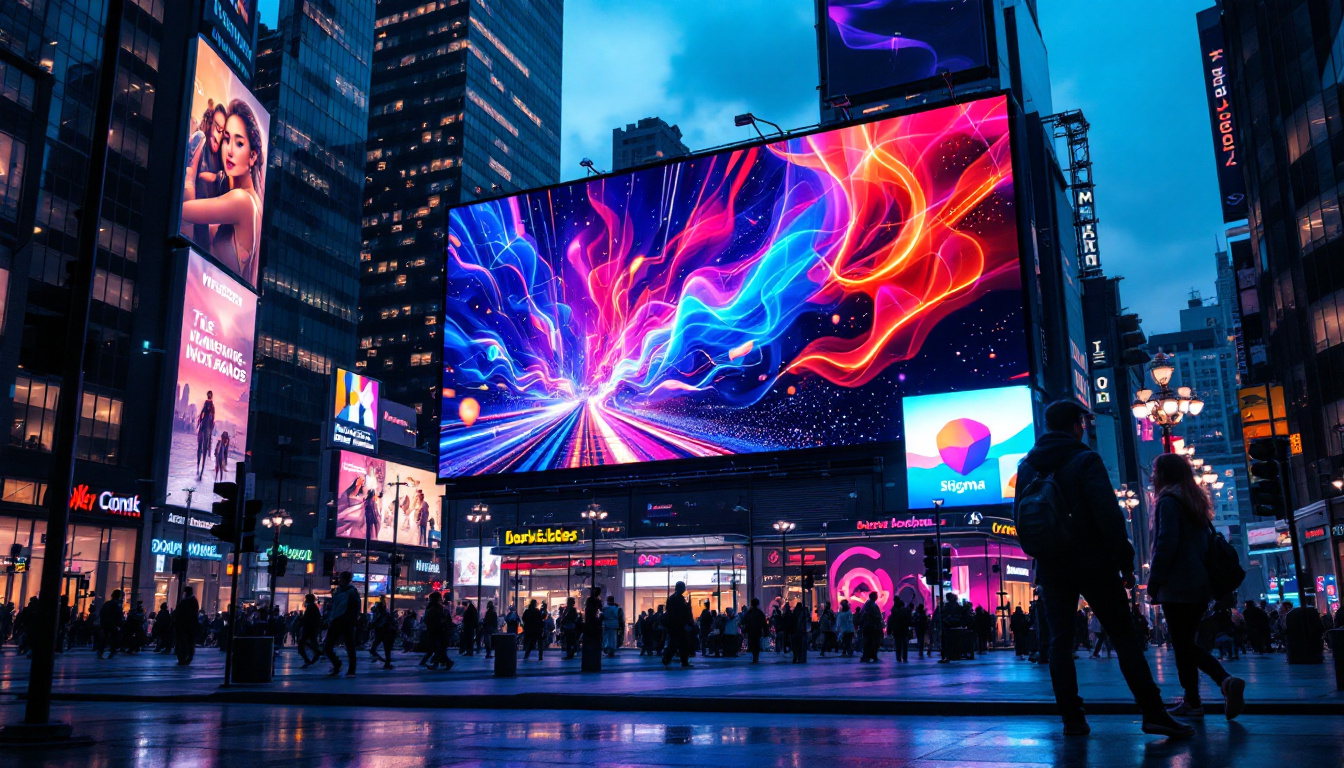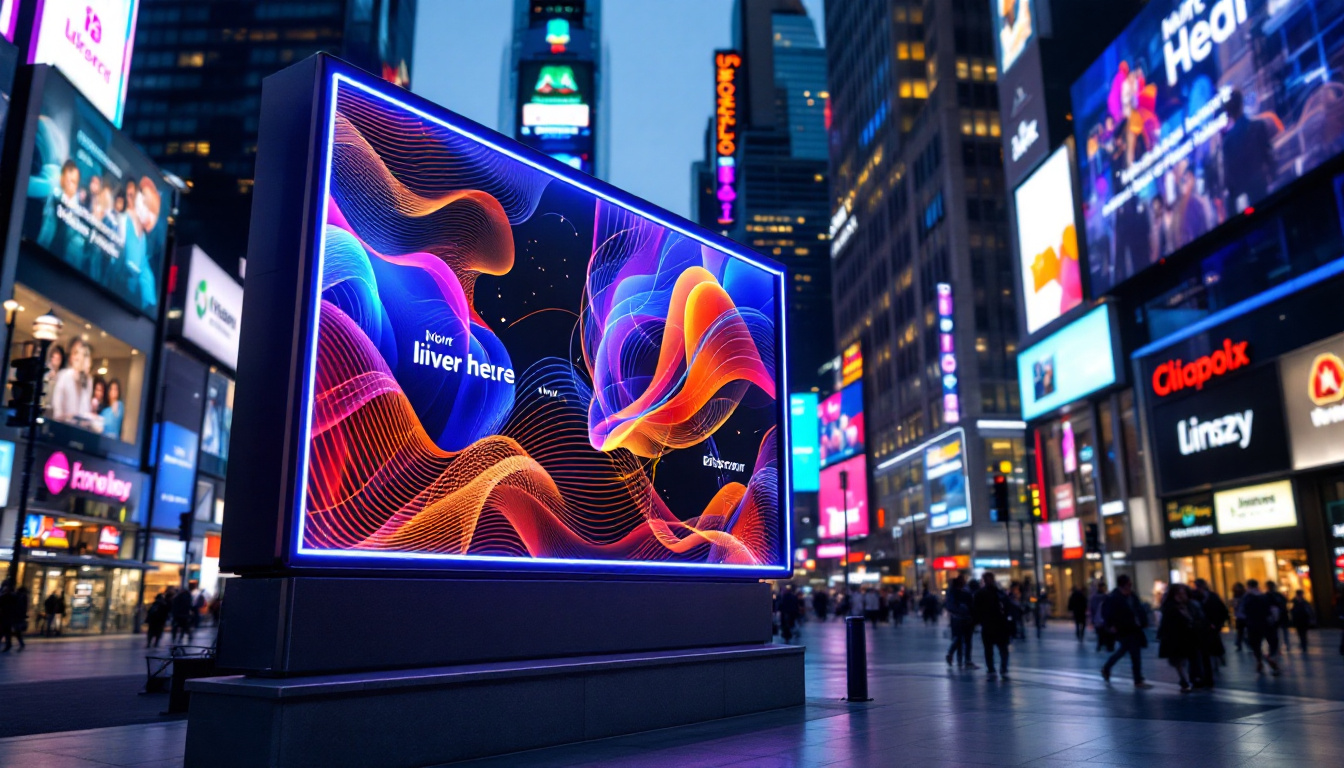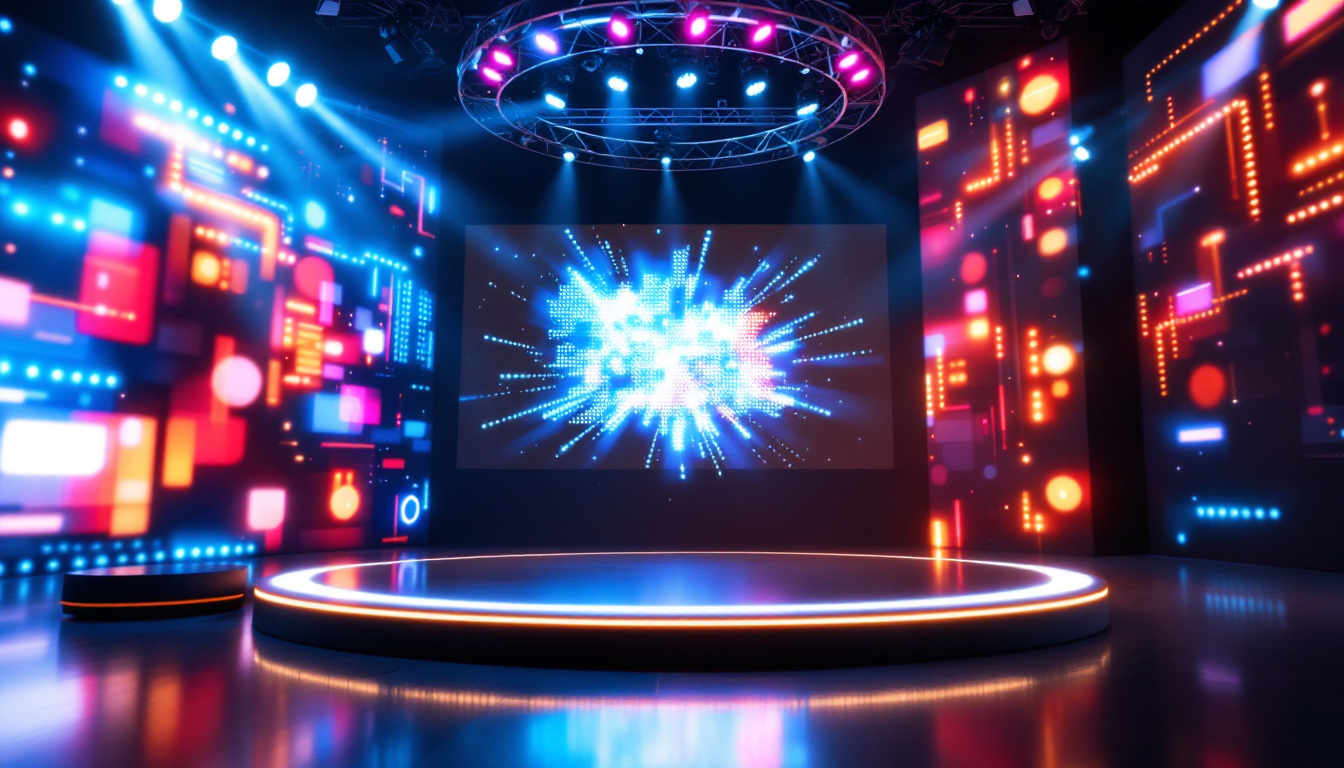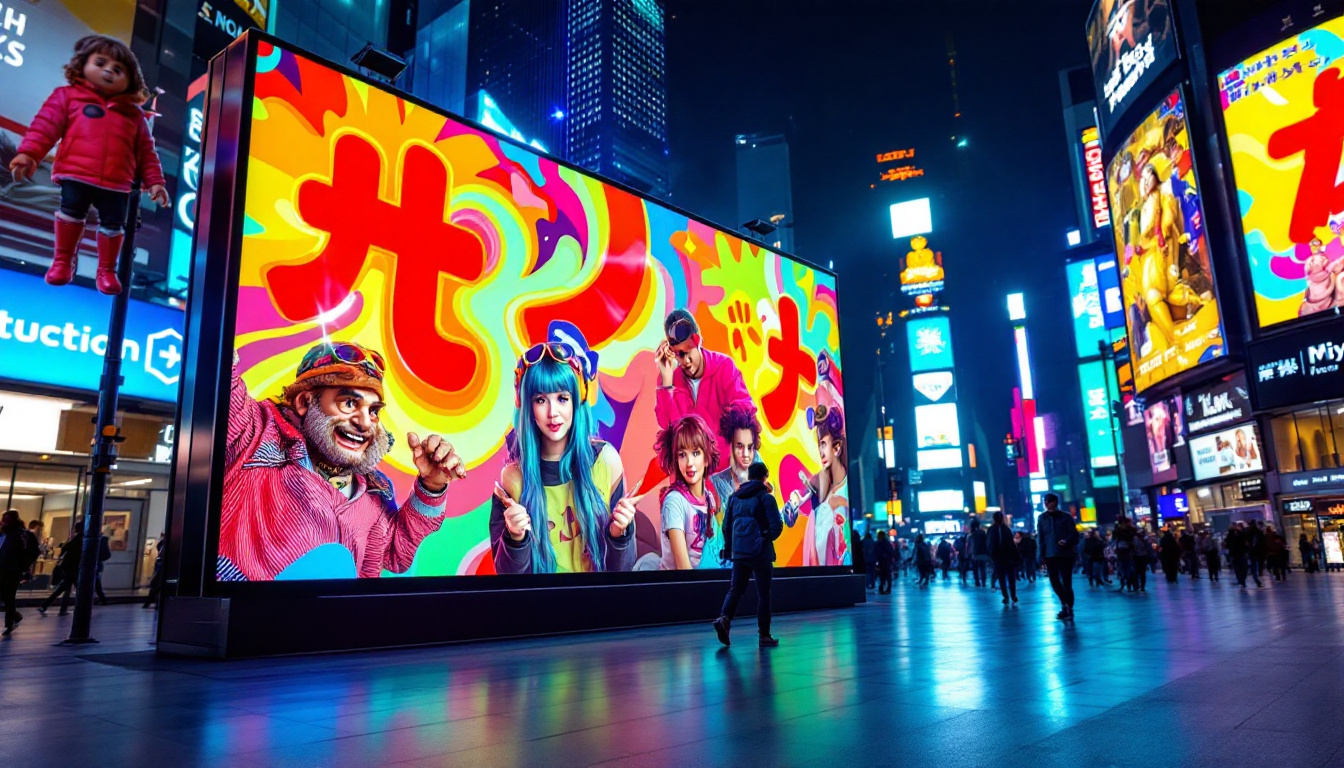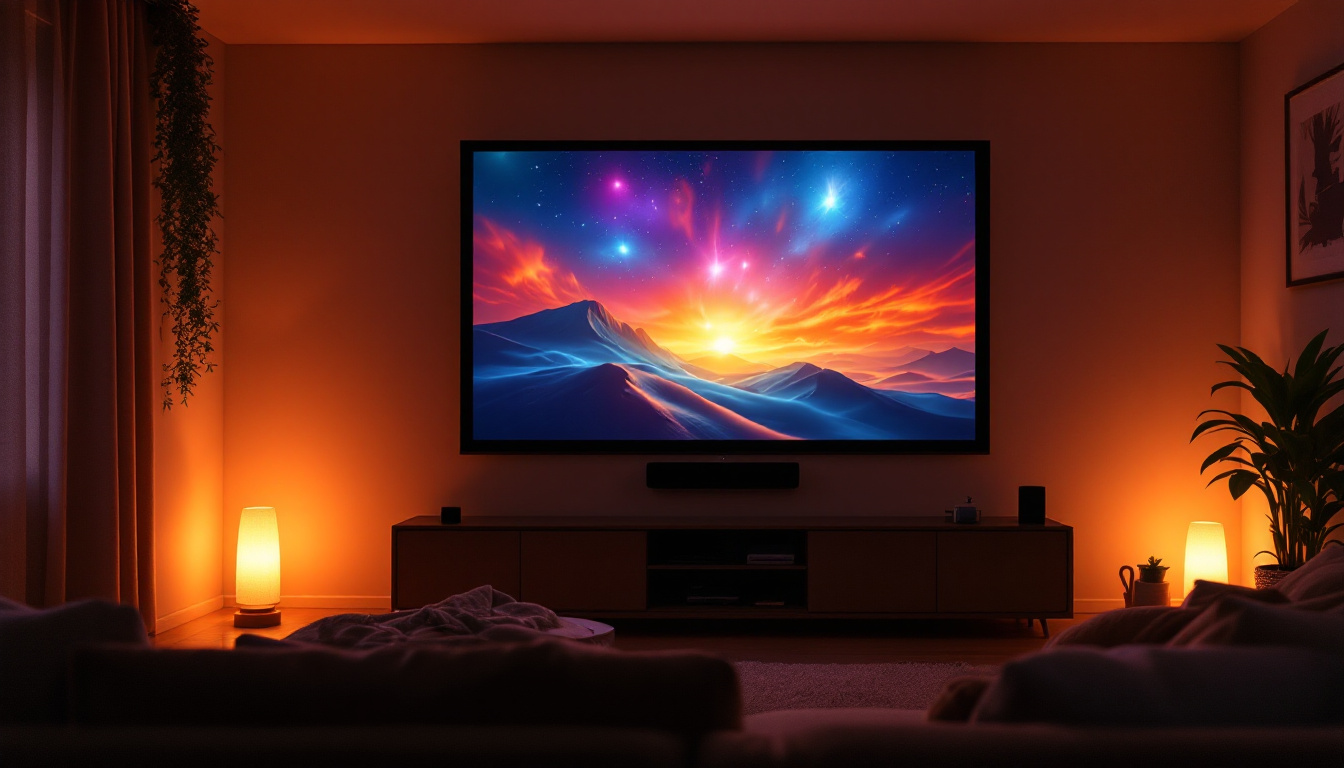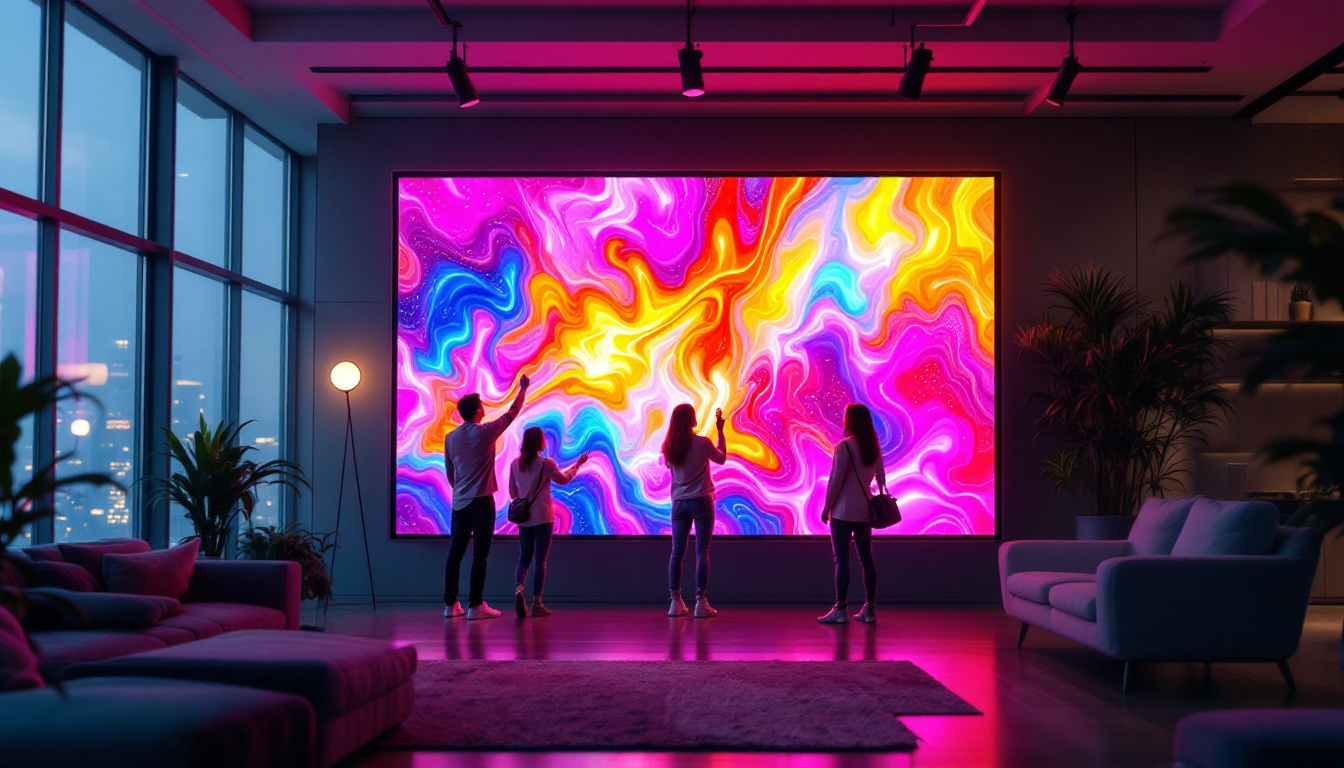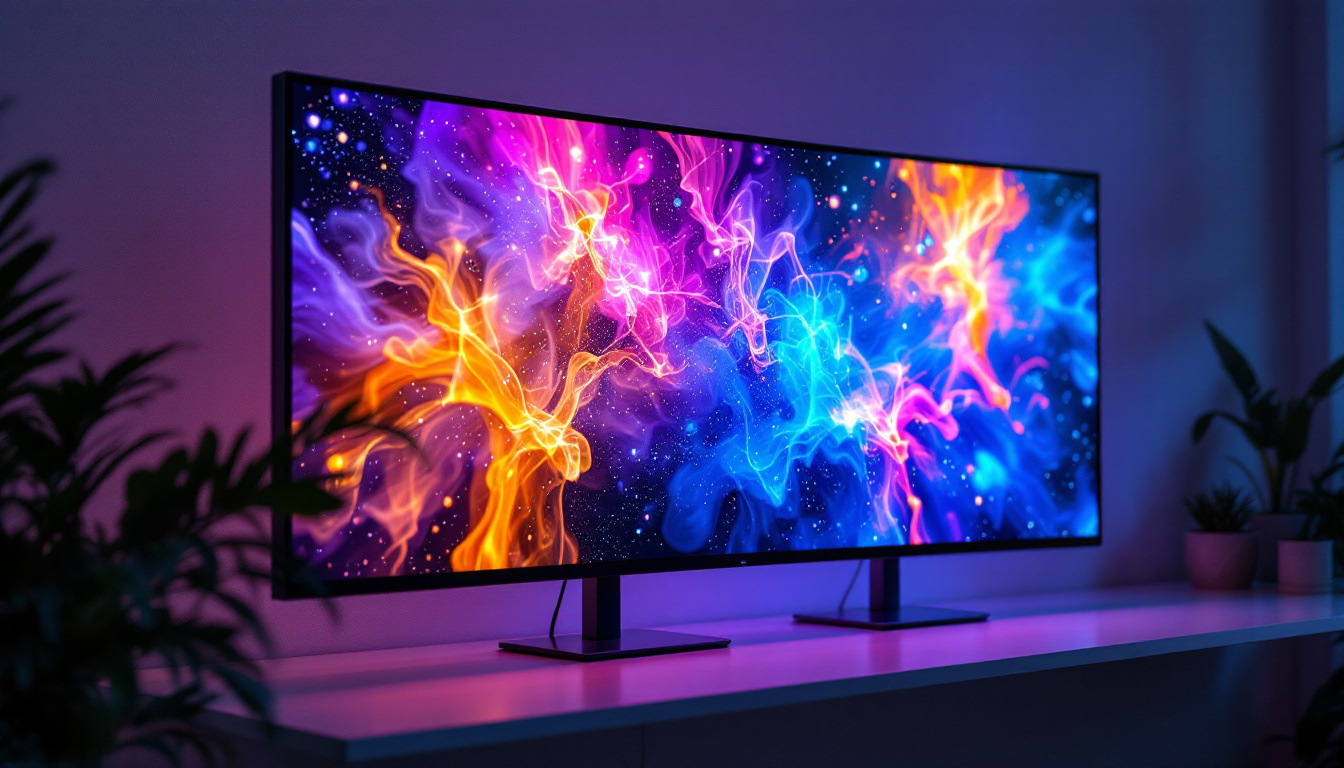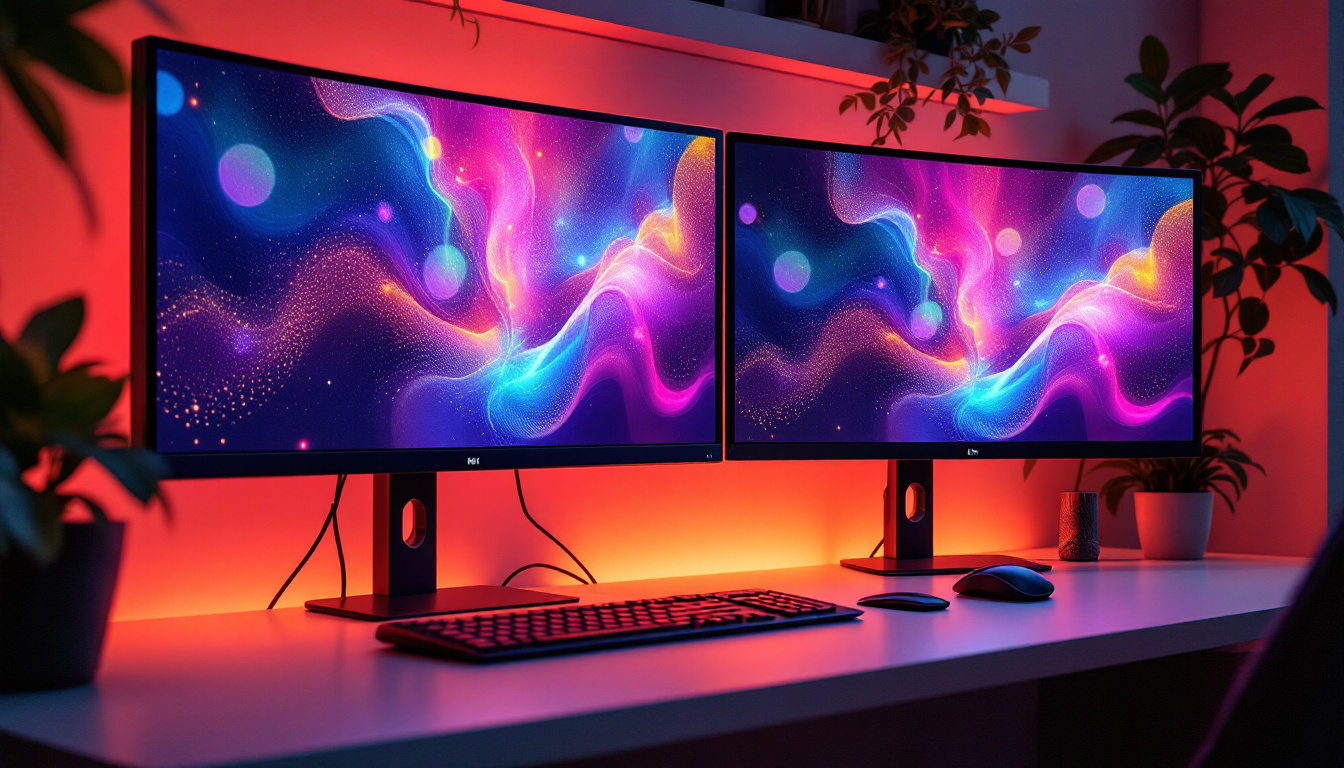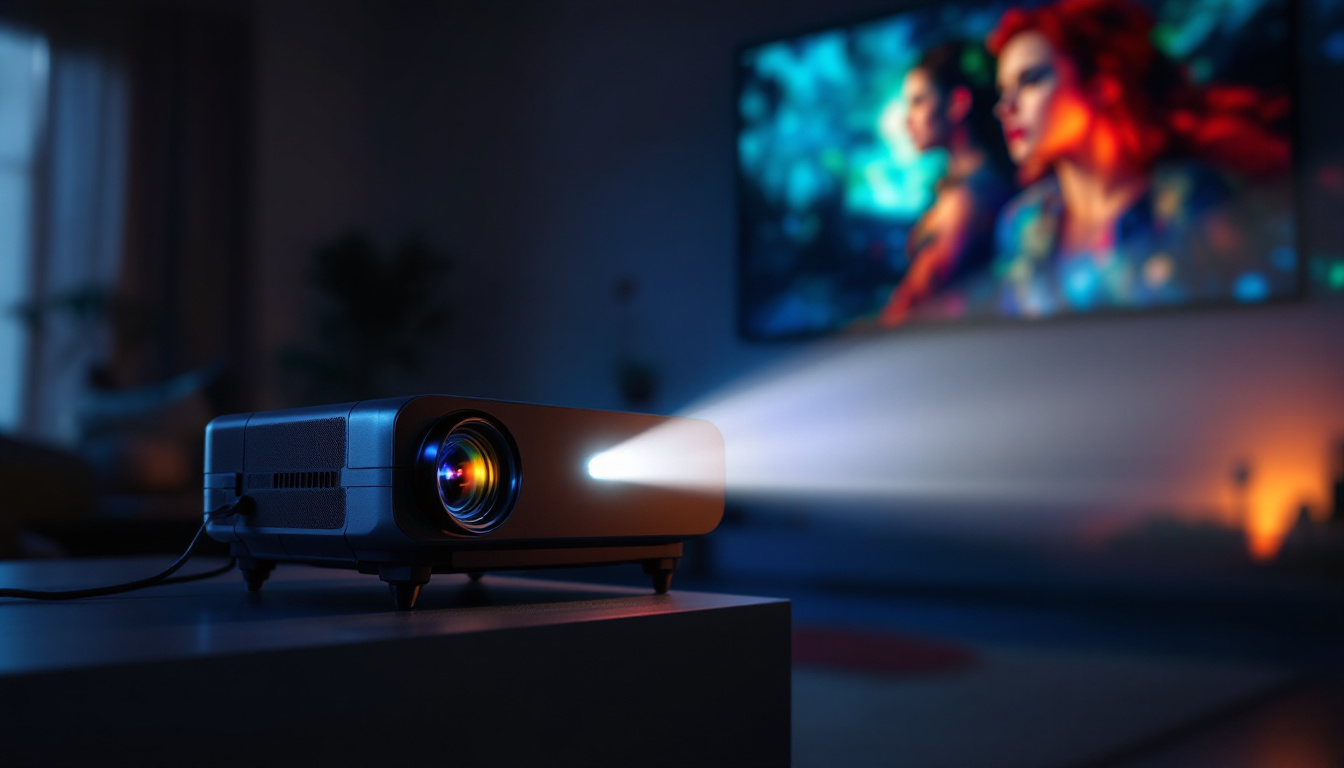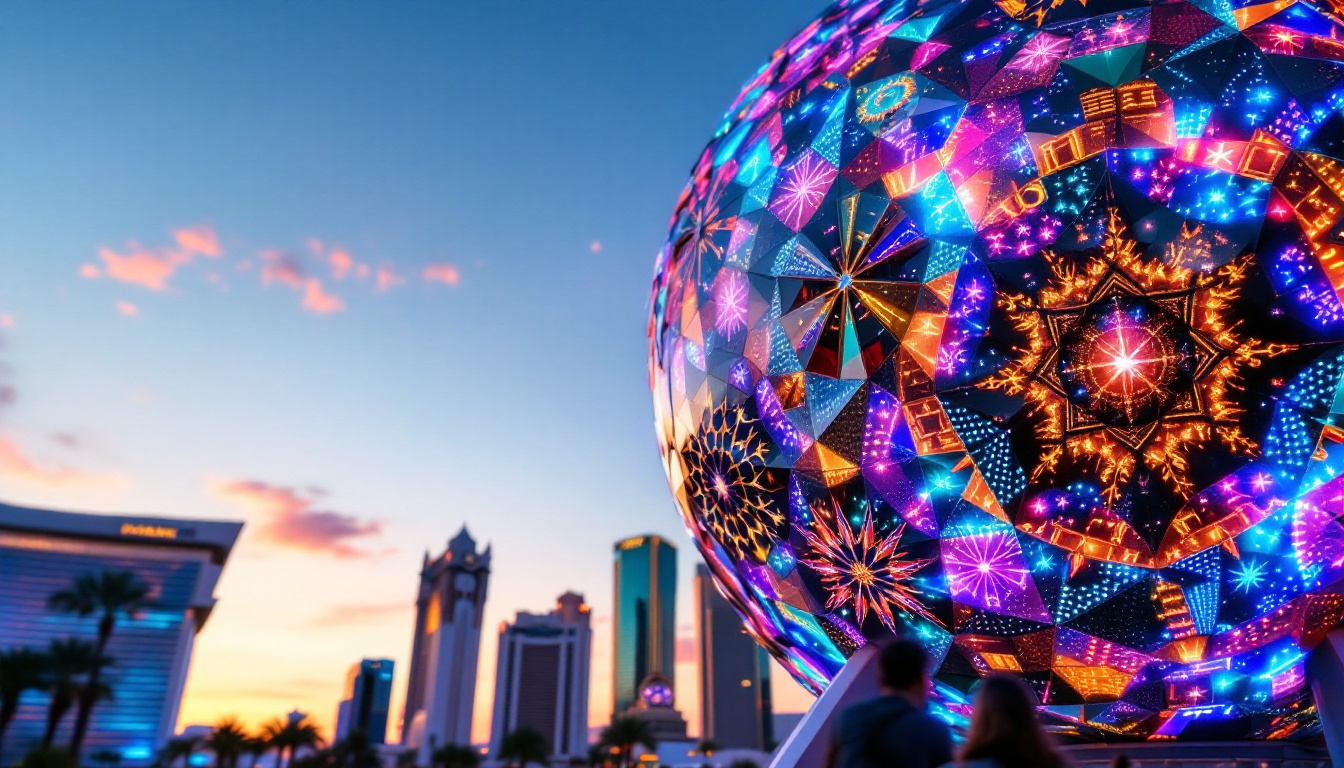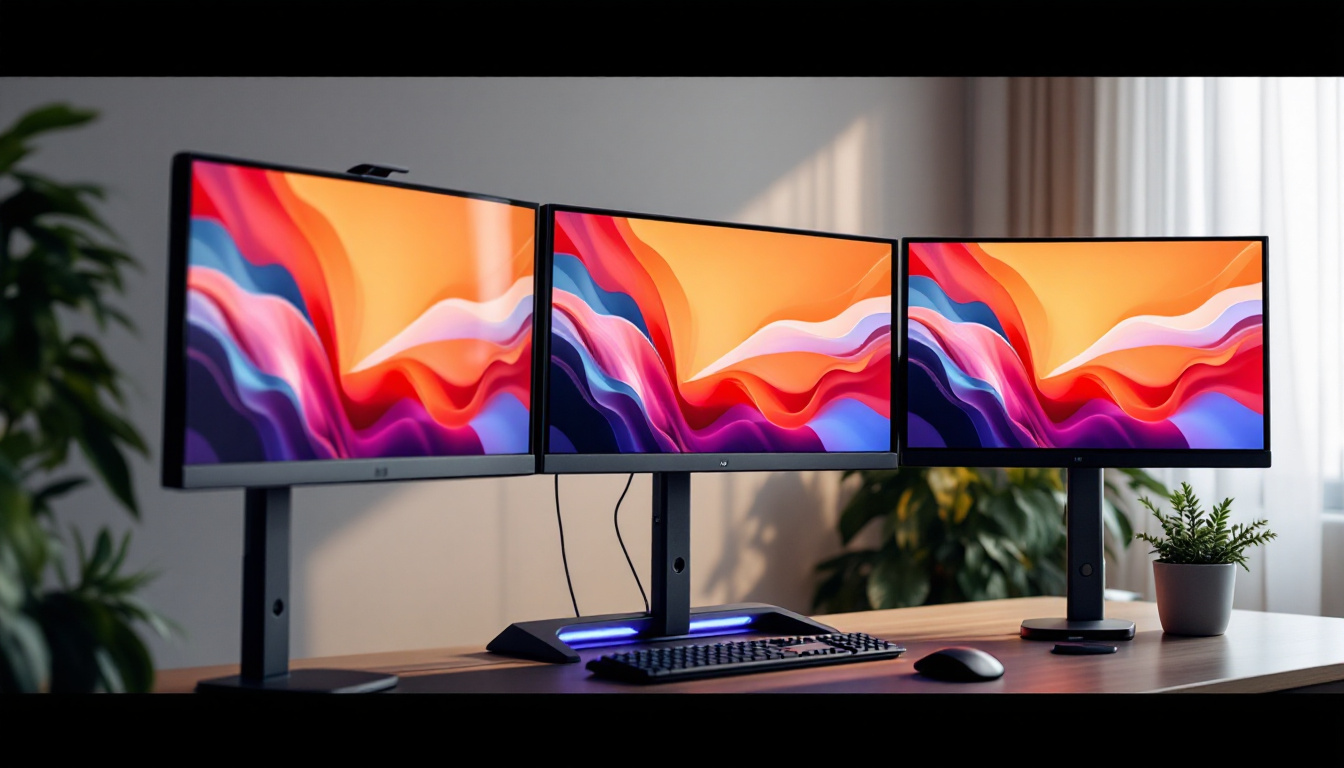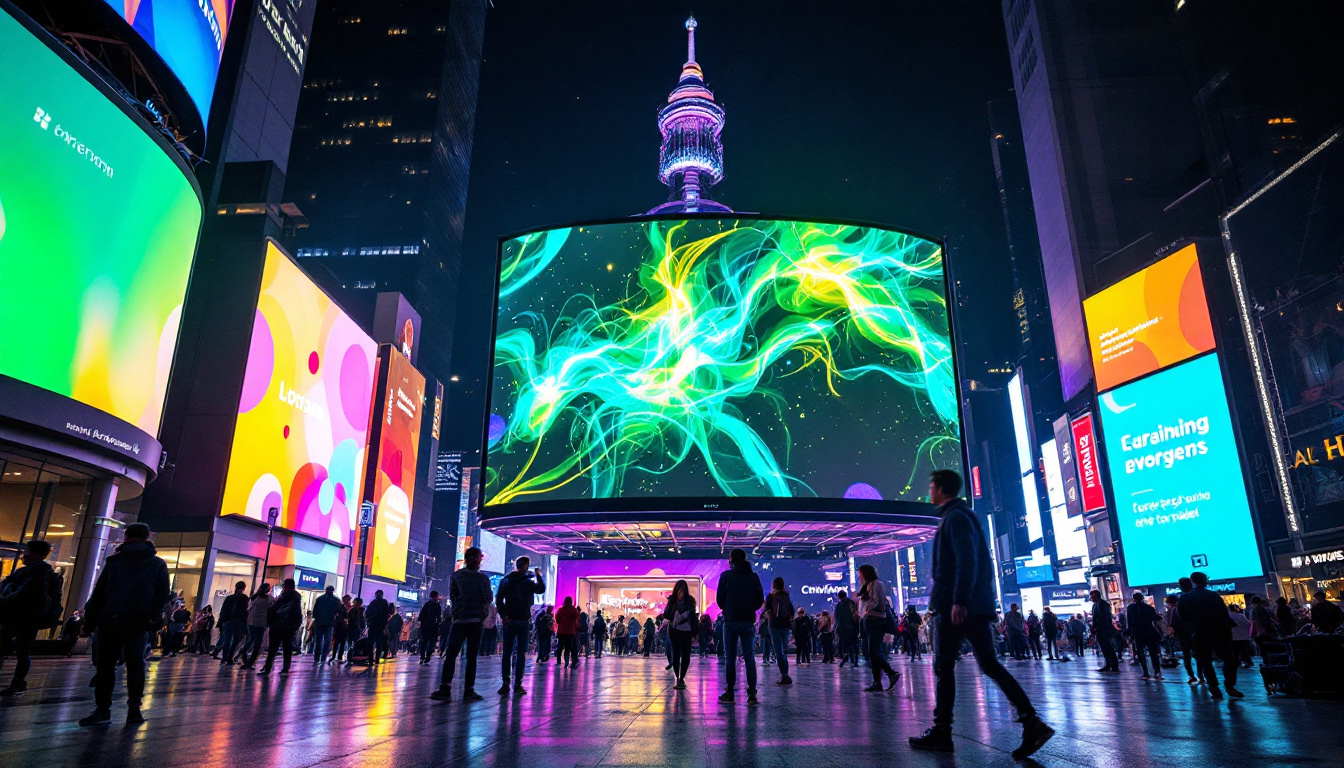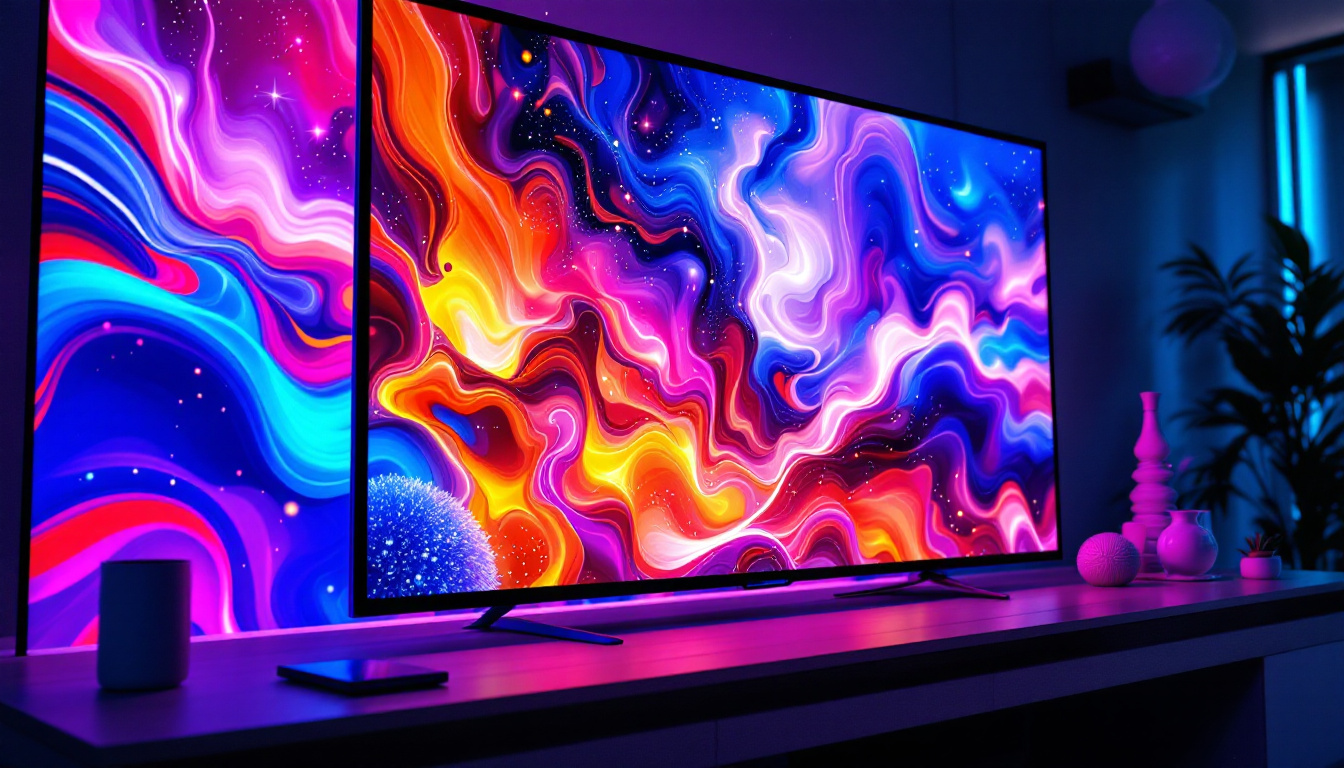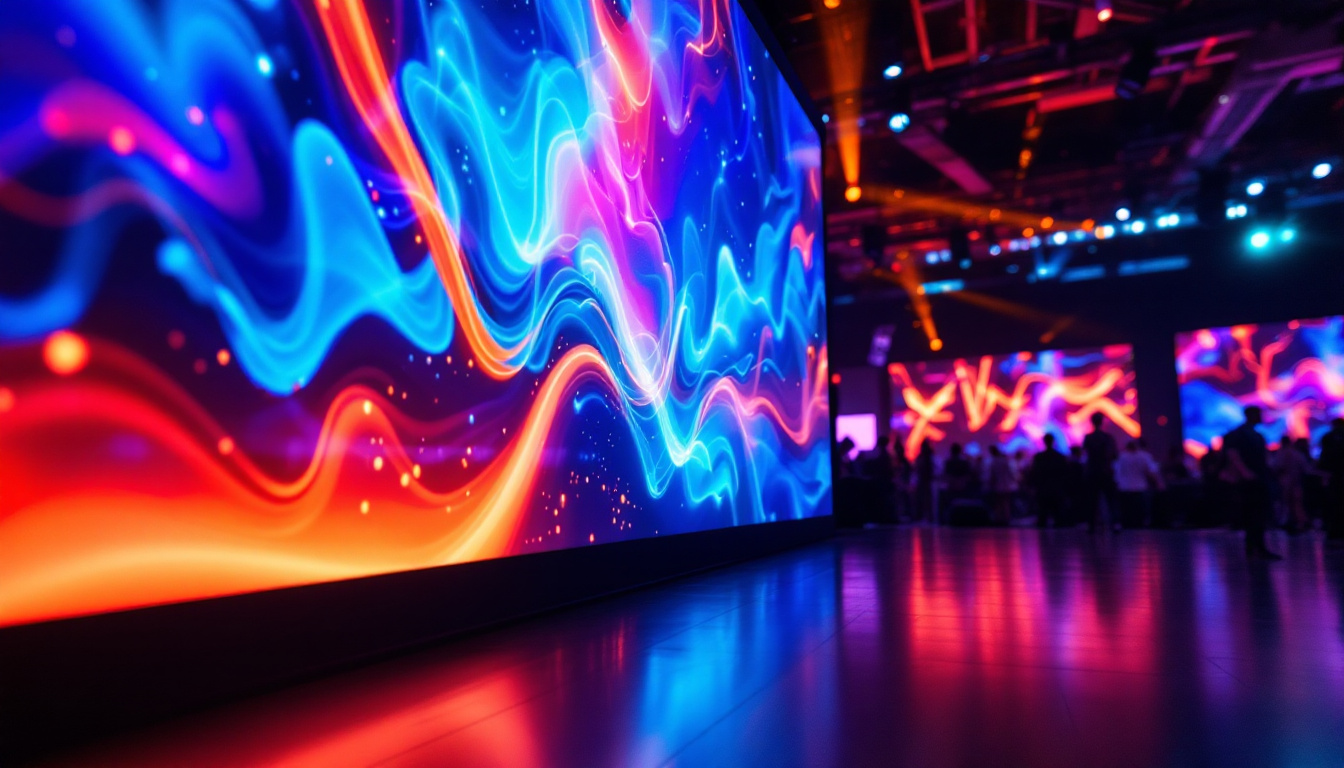Indoor And Outdoor LED: LED Display Explained
In the modern world of visual media, LED displays have emerged as a dominant technology, transforming the way information is conveyed in both indoor and outdoor environments. This article delves into the intricacies of LED displays, exploring their types, functionalities, and applications. Understanding these elements is crucial for businesses and organizations looking to leverage this technology effectively.
Understanding LED Technology
Light Emitting Diodes (LEDs) are semiconductor devices that emit light when an electric current passes through them. This simple yet effective mechanism forms the foundation of LED displays. The versatility and efficiency of LEDs have made them a popular choice for a wide range of applications, from small screens to massive billboards. As technology continues to evolve, the applications of LEDs are expanding into areas such as horticulture, automotive lighting, and even health care, showcasing their adaptability and innovative potential.
The Basics of LED Displays
LED displays are composed of numerous individual LEDs arranged in a grid. Each LED can emit different colors, allowing for the creation of vibrant images and videos. The combination of red, green, and blue (RGB) LEDs enables these displays to produce a full spectrum of colors, making them ideal for dynamic content. In addition to their color capabilities, LED displays can also be designed to be flexible, allowing for creative shapes and installations that were previously impossible with traditional display technologies. This flexibility opens up new avenues for advertising and artistic expression, as designers can create immersive experiences that engage audiences in unique ways.
One of the key advantages of LED technology is its energy efficiency. Compared to traditional display technologies, such as LCD and plasma, LEDs consume significantly less power, which translates to lower operational costs. Additionally, they have a longer lifespan, often exceeding 50,000 hours, making them a cost-effective solution in the long run. This longevity not only reduces the frequency of replacements but also minimizes waste, contributing to more sustainable practices in the electronics industry. Furthermore, advancements in LED technology have led to the development of smart LEDs that can be controlled remotely, allowing for real-time updates and changes to content, enhancing their utility in various settings.
Types of LED Displays
LED displays can be broadly categorized into two types: indoor and outdoor. Each type is designed with specific features to cater to its intended environment, ensuring optimal performance and visibility. Indoor LED displays typically have a higher pixel density, which allows for clearer images at closer viewing distances, making them ideal for venues like theaters, conference rooms, and retail spaces. In contrast, outdoor LED displays are built to withstand harsh weather conditions and often feature a lower pixel density, which is suitable for viewing from greater distances, such as in stadiums or on the sides of buildings.
Moreover, within these categories, there are various subtypes of LED displays, including direct view LED, LED video walls, and transparent LED displays. Direct view LED displays are often used for large-scale advertising and events, providing bright and vivid visuals that can capture attention even in direct sunlight. LED video walls, composed of multiple panels, allow for larger-than-life images and can be customized to fit any space. Transparent LED displays, on the other hand, offer a unique solution for retail environments, enabling businesses to showcase products while still allowing visibility through the display, creating a captivating shopping experience. This diversity in LED display types not only enhances visual communication but also allows businesses to tailor their advertising strategies to better engage with their target audiences.
Indoor LED Displays
Indoor LED displays are tailored for use in controlled environments, such as conference rooms, retail spaces, and entertainment venues. These displays typically feature a higher pixel density, allowing for clearer images and finer details when viewed from shorter distances.
Characteristics of Indoor LED Displays
One of the most notable characteristics of indoor LED displays is their brightness. While outdoor displays need to be exceptionally bright to combat sunlight, indoor displays can function well in lower light conditions. This allows for a more comfortable viewing experience without overwhelming brightness.
Additionally, indoor LED displays often have a higher resolution, which is crucial for applications like presentations or advertising in retail settings. The pixel pitch—the distance between the centers of two adjacent pixels—tends to be smaller in indoor displays, resulting in sharper images and text.
Applications of Indoor LED Displays
Indoor LED displays are versatile and can be utilized in various settings. In retail environments, they serve as dynamic advertising tools, showcasing promotional content and engaging customers. In corporate settings, they enhance presentations and facilitate communication during meetings and conferences.
Moreover, indoor LED displays are increasingly popular in entertainment venues, such as theaters and concert halls. They can be used for stage backdrops, providing stunning visuals that enhance the overall experience for audiences.
Outdoor LED Displays
Outdoor LED displays are designed to withstand the elements, making them suitable for use in various outdoor settings, including sports arenas, billboards, and transportation hubs. These displays are built to be durable and weather-resistant, ensuring they remain functional in diverse conditions.
Characteristics of Outdoor LED Displays
One of the defining features of outdoor LED displays is their brightness. To ensure visibility in daylight, these displays are significantly brighter than their indoor counterparts. This high brightness level is achieved through advanced technology that enhances light output without compromising energy efficiency.
Outdoor LED displays also tend to have a larger pixel pitch, which means they are designed for viewing from greater distances. While this may result in slightly lower resolution compared to indoor displays, the size and brightness compensate for this, ensuring that content remains legible and impactful from afar.
Applications of Outdoor LED Displays
Outdoor LED displays are widely used for advertising and information dissemination. Billboards equipped with LED technology can display vibrant advertisements that capture the attention of passersby. Additionally, these displays are commonly found in sports stadiums, where they provide real-time updates and replays to enhance the spectator experience.
Transportation hubs, such as airports and train stations, also utilize outdoor LED displays for information boards. These displays provide travelers with essential updates regarding schedules, delays, and other important announcements, ensuring smooth operations in busy environments.
Key Differences Between Indoor and Outdoor LED Displays
While both indoor and outdoor LED displays serve the purpose of conveying information and entertainment, several key differences set them apart. Understanding these differences is crucial for selecting the right type of display for specific applications.
Brightness and Visibility
As previously mentioned, outdoor LED displays are designed to be significantly brighter than indoor displays. This is essential for maintaining visibility in direct sunlight. Indoor displays, on the other hand, are optimized for lower light conditions, providing a more comfortable viewing experience in enclosed spaces.
Durability and Weather Resistance
Outdoor LED displays are built to endure harsh weather conditions, including rain, wind, and extreme temperatures. They often come with protective casings to shield the internal components from moisture and debris. Indoor displays, while still durable, do not require the same level of weatherproofing, allowing for more design flexibility.
Pixel Density and Resolution
Indoor LED displays typically feature a higher pixel density, resulting in sharper images and finer details. This is particularly important for applications where viewers are close to the display. In contrast, outdoor displays have a lower pixel density, as they are designed for viewing from a distance, where high resolution is less critical.
Choosing the Right LED Display
Selecting the appropriate LED display for a specific application involves several considerations. Factors such as location, intended use, and budget play a crucial role in the decision-making process.
Assessing Location and Environment
Understanding the location where the LED display will be installed is vital. For outdoor installations, considerations such as sunlight exposure, weather conditions, and mounting options must be taken into account. Conversely, indoor displays should be evaluated based on lighting conditions and viewing distances.
Determining Purpose and Content
The intended purpose of the display significantly influences the choice between indoor and outdoor options. For instance, a retail store may benefit from an indoor display to showcase promotional content, while a sports venue would require an outdoor display for real-time updates and advertisements.
Budget Considerations
Budget constraints are an essential factor in the selection process. While outdoor LED displays tend to be more expensive due to their durability and brightness requirements, indoor displays can vary widely in price based on features and specifications. It’s crucial to balance quality and cost to ensure a worthwhile investment.
The Future of LED Displays
The evolution of LED technology continues to shape the landscape of visual displays. Innovations are constantly emerging, enhancing the capabilities and applications of LED displays across various industries.
Advancements in Technology
Recent advancements in LED technology have led to the development of features such as higher resolutions, improved color accuracy, and enhanced energy efficiency. These innovations enable displays to produce stunning visuals that captivate audiences and enhance user experiences.
Integration with Smart Technology
As the world becomes increasingly interconnected, the integration of LED displays with smart technology is on the rise. This allows for real-time content updates, remote management, and interactive features that engage viewers in new ways. Businesses can leverage these capabilities to create dynamic advertising campaigns and enhance communication.
Conclusion
LED displays have revolutionized the way information is presented and consumed, both indoors and outdoors. With their versatility, energy efficiency, and vibrant visuals, they have become an essential tool for businesses and organizations across various sectors. Understanding the differences between indoor and outdoor LED displays, as well as their unique applications, is critical for making informed decisions when investing in this technology.
As advancements continue to reshape the landscape of LED technology, the future holds exciting possibilities for even more innovative applications. Embracing these developments will allow businesses to stay ahead of the curve and effectively engage their audiences in an increasingly visual world.
Explore Cutting-Edge LED Display Solutions with LumenMatrix
Ready to elevate your visual communication strategy with the latest in LED display technology? LumenMatrix is at the forefront of innovation, offering a diverse range of LED display solutions tailored to your unique needs. From Indoor and Outdoor LED Wall Displays to specialized options like Vehicle, Sports, and Floor LED Displays, our products are designed to captivate your audience and amplify your message. Discover the transformative power of Custom, All-in-One, and Transparent LED Displays. Experience the future of digital signage with LumenMatrix and Check out LumenMatrix LED Display Solutions today to see how we can help you create unforgettable visual experiences.

